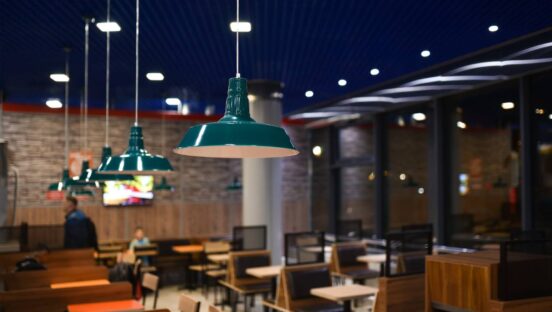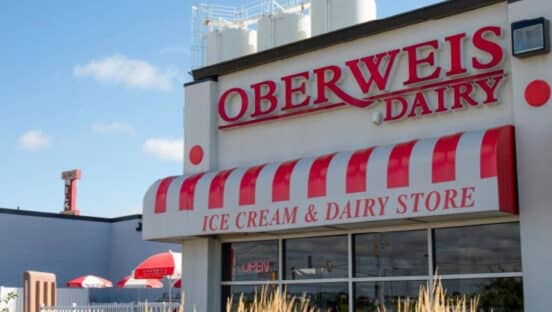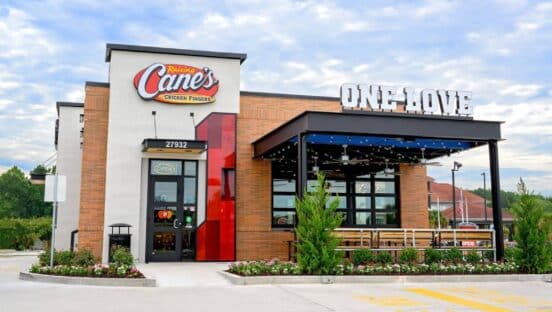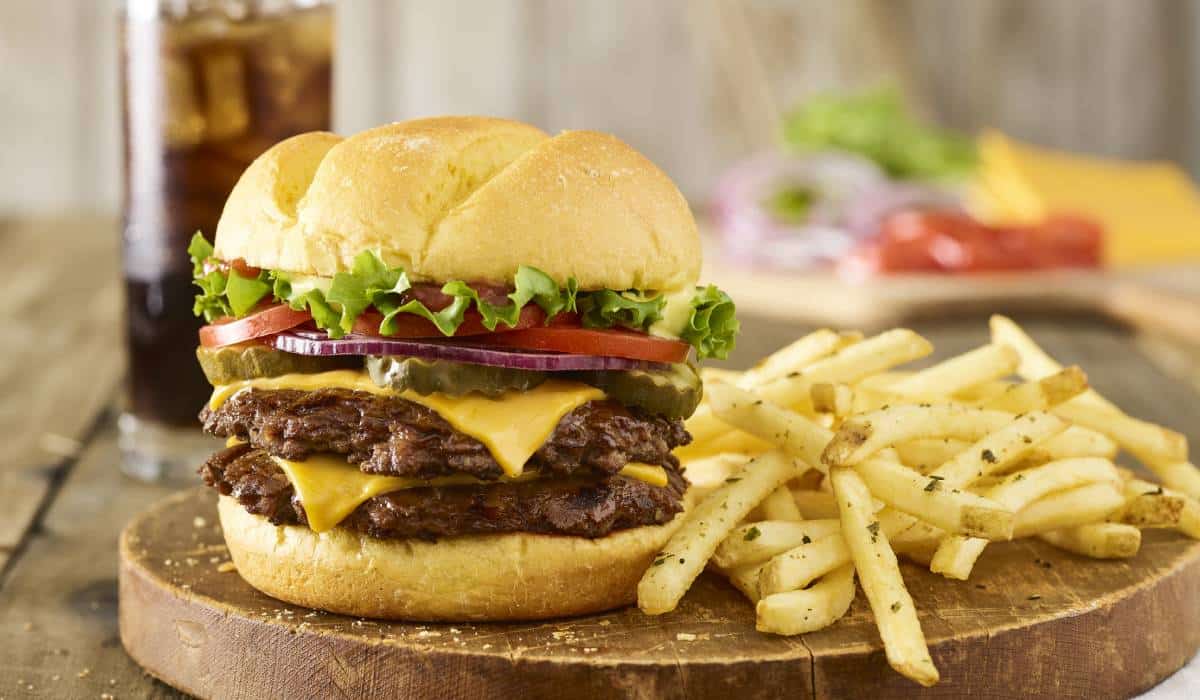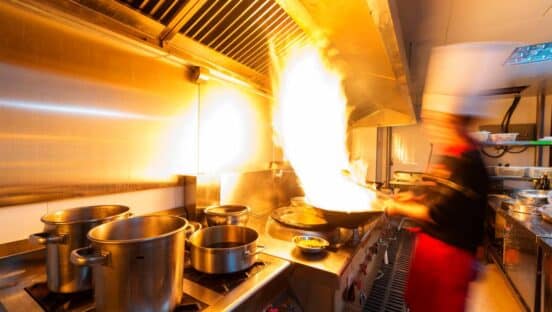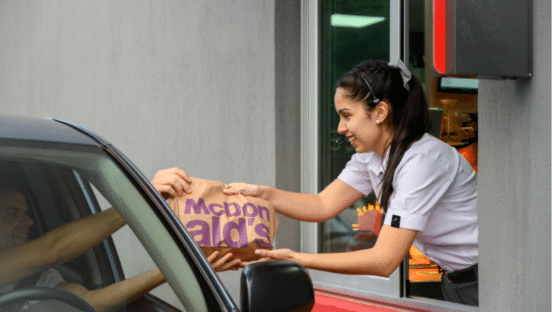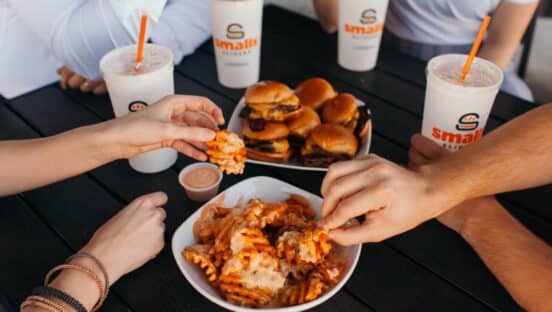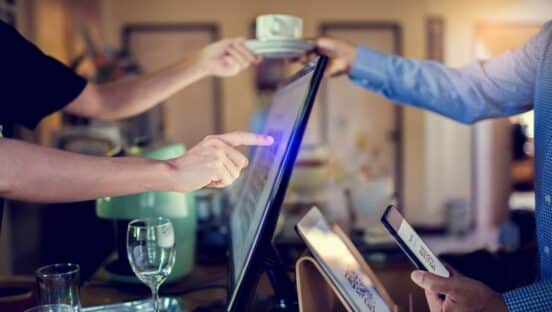The true unknown of COVID-19 is consumer behavior. Restaurants can follow CDC and state guidelines and try to accelerate every safety platform on the market. But we really don’t know how guests will respond—to employees, to each other, and to everything they’re asked to interact (or not interact) with.
Simon-Kucher & Partners, a global strategy and marketing consulting firm that works with brands like Chick-fil-A, Shake Shack, and Qdoba, shared an exclusive study with QSR called “The New Normal for Restaurants: Consumer behavior in a world after COVID-19.” The goal was to compare pre- and post-crisis trends, and see where the future might take us—to understand what people want and expect from quick-serves in a novel world.
The $50 billion problem
As much as consumers appear to be tiring of cooking at home, there remains little question it’s happening more often than it used to. And given the length of COVID-19 (with no true end in sight) it seems likely the habit will stick around to some extent. Sure, people will rush back to restaurants and their past activities. But the daily quarantine routine of cooking at home is going to be ingrained in a lot of households. It’s hard to say if that’s ever going to break fully. For some, it might be their “new normal.” At the least, the scales have shifted.
Percentage of meals from consumption type
Pre-COVID-19
- Home-cooked meals: 33 percent
- Food away from home: 67 percent
During COVID-19
- Home-cooked meals: 55 percent
- Food away from home: 45 percent
Six to 12 months after lockdowns
- Home-cooked meals: 37 percent
- Food away from home: 63 percent
Simon-Kucher & Partners circles that 4 percent growth as a new competitive set that suggests consumer needs are changing and will need to be accounted for to protect restaurant revenues. As small as it might sound, the company said the shift to home-cooked meals could result in about $50 billion annual sales lost by the industry, going by the National Restaurant Association’s 2020 projected figure of $898 billion (this was prior to COVID-19). Naturally, the money figures have adjusted dramatically in recent months. But the sentiment that some restaurant occasions could exit the overall picture post coronavirus remains viable.
“COVID-19 has forced consumers to change many of their habits, including where they get their meals from. When economies reopen, about 4 percent of all meal occasions will have permanently migrated to home cooking compared to pre-COVID-19, and this shift particularly affects fast casual and casual dining,” says Philip Daus, partner with Simon-Kucher & Partners.
And here’s a snapshot of how difficult this might be to combat.
“We know that it takes two to three repeats for consumers to change habits permanently—for example, after the third time getting their coffee from Dunkin’ instead of from Starbucks, consumers tend to stick with the new brand,” he adds. “This means that after the lockdown, restaurants need to ‘retrain’ consumers to change their habits again. Selecting the right incentives to trigger behavior change is key—price and deep promotions are not always surefire tools, particularly if health or convenience are the aspects of home cooking that consumers most value.”
As Daus noted, the shift to home-cooked meals will come from all restaurant types, but more so from fast casual and casual dining.
When consumers decide to eat out, it will be a mix of restaurant types and occasions. That, at least, should revert somewhere close to the norm. Simon-Kucher & Partners said it does not anticipate drastic restaurant type or occasion shifts. It does, however, expect variation in purchase criteria, which will be the focus moving forward.
Percentage of restaurant meals from restaurant type:
Pre-COVID-19
- Fast food: 39 percent
- Fast casual: 23 percent
- Casual dining: 26 percent
- Fine dining: 11 percent
Six to 12 months after lockdown
- Fast food: 39 percent
- Fast casual: 23 percent
- Casual dining: 27 percent
- Fine dining: 11 percent
[image source_ID=”127598″]
Percentage of restaurant meals per occasion
Pre-COVID-19
- Breakfast: 15 percent
- Lunch: 29 percent
- Afternoon snack: 11 percent
- Dinner: 37 percent
- Late night: 8 percent
Six to 12 months after lockdown
- Breakfast: 15 percent
- Lunch: 29 percent
- Afternoon snack: 12 percent
- Dinner: 37 percent
- Late night: 8 percent
Not much change across the board.
From here on, the study only focused on purchases from quick-service and fast-casual restaurants.
In this graph below, it shows what could drive decision-making.
[image source_ID=”127599″]
Simon-Kucher & Partners believes consumers will be more mindful of where and how they spend their money post COVID-19. It’s not as simple as just saying they’re going to reduce overall spend. The company said “willingness-to-pay” levels will return to similar or even higher levels after lockdowns end.
Some trends they predict:
Consumers maintain their during-COVID-19 increase in dinner average ticket, partially driven by new menu offerings.
Healthy options and menu variety become more important after stay-at-home orders end (for example, salad/sandwich and fast casual burger/chicken chains emerge as share winners).
The 65-and-above segment will be the lone consumer segment that decreases in spend post-lockdown.
Percentage of change in expected spend six to 12 months after lockdown versus individual spend pre-COVID-19 for an individual.
Quick service
- Lunch: 2.2 percent
- Dinner: 11.4 percent
Fast casual
- Lunch: 3.8 percent
- Dinner: 9.2 percent
As for why customers seem ready to spend more on dinner, Daus says, it boils down to missing moments of connection. “We interpret this as a sign that more consumers see eating out as a special occasion,” he says. “They want to treat themselves, celebrate life after the lockdown, and are willing to put a couple of dollars more on the table.”
“That is in line with the increased willingness-to-pay that we see particularly for new menu items and for offering a larger menu variety,” Daus continues. “Other menu items that consumers are willing to spend more on are healthy options, such as salads. Fast casual chains will benefit most from this trend.”
Where the action will take place
Simon-Kucher & Partners found that consumers anticipate ordering less in-store and more from app/website channels post-COVID-19 restrictions. Again, this returns to habits formed during the pandemic. Also, fears will linger for many guests, as will their desire to seek out convenience.
Percentage of meals from order channel:
Pre-COVID-19
- In-store: 54 percent
- Drive thru: 25 percent
- App/website: 31 percent
During COVID-19
- In-store: 24 percent
- Drive thru: 37 percent
- App/website: 38 percent
Six to 12 months after lockdown
- In-store: 48 percent
- Drive thru: 26 percent
- App/website: 25 percent
The company added it’s important to understand who expects to use apps/websites most and what consumer needs with regard to digital are in order to optimize investments. In other words, don’t dive down a tech rabbit hole until it aligns with your core customer. Let guest affinity and equity influence platform adoption.
To that point, Simon-Kucher & Partners’ study showed that young, urban, and high-income consumers are most likely to use apps/websites to order in the future.
Percentage of meals order via app/website by consumer segment six to 12 months after lockdown.
- Age: Under 34: 34 percent
- 35–64: 25 percent
- Older than 64: 10 percent
- Urban: 32 percent
- Suburban: 24 percent
- Rural: 16 percent
- More than $100,000: 32 percent
- $50,000 to $100,000: 25 percent
- Less than $50,000: 19 percent
Similarly, consumers intend to eat food outside of the restaurant more often after stay-at-home orders are lifted.
Pre-COVID-19:
- At restaurant: 40 percent
- Outside of restaurant: 60 percent
- During COVID-19
- At restaurant: 9 percent
- Outside of restaurant: 91 percent
Six to 12 months after lockdown
- At restaurant: 35 percent
- Outside of restaurant: 65 percent
So we’re looking at roughly a 5 percent shift to off-premises channels.
Which avenues will gain the most prominence?
Percentage of meals from consumption sub-channel:
Pre-COVID-19:
- At restaurant; 40 percent
- In-store pickup: 21 percent
- Drive thru: 22 percent
- Curbside pickup: 5 percent
- Delivery: 12 percent
During COVID-19:
- At restaurant: 9 percent
- In-store pickup: 21 percent
- Drive thru: 33 percent
- Curbside pickup: 13 percent
- Delivery: 24 percent
Six to 12 months after lockdown
- At restaurant: 35 percent
- In-store pickup: 21 percent
- Drive thru: 23 percent
- Curbside pickup: 8 percent
- Delivery: 14 percent
“In delivery, willingness-to-pay is typically higher than in traditional channels, as younger and more urban consumers with a higher income are dominating this channel,” Daus says.
Let’s look at that further.
Incremental expected spend for delivery versus in-store per third-party versus restaurant app/website pre-COVID-19 and six to 12 months after lockdown.
Third party
- Pre-COVID-19: $4.73
- Six to 12 months after lockdown: $5.96
Restaurant (direct delivery)
- Pre-COVID-19: $4.23
- Six to 12 months after lockdown: $7.93
Some possible explanations, from Simon-Kucher & Partners:
Consumers now better understand the value of delivery given the in-store option was taken away during COVID-19.
Post-lockdown delivery willingness-to-pay will be higher for direct delivery than third party because people want to support their favorite spots.
The company added it’s important to think about unique pricing structures related to delivery (like fees) and account for consumer sensitivity of fees when setting delivery prices.
Nearly half of Simon-Kucher & Partners respondents said they’ve used a delivery app. Those tend to skew younger, more urban, and higher income.
Percentage of respondents who have ordered delivery overall and by consumer segment
- Younger than 34: 67 percent
- 35–64: 43 percent
- Older than 64: 12 percent
- Urban: 60 percent
- Suburban: 60 percent
- Rural: 25 percent
- More than $100,000: 60 percent
- $50,000 to $100,000: 41 percent
- Less than $50,000: 33 percent
One thing the company suggests is to consider menu price inflation in delivery to extract excess revenue.
Dave Clement, senior director with Simon-Kucher & Partners, says understanding what your consumers value, how the different platforms satisfy those needs, and how that varies by region or sub-region is a way to optimize the third-party partner strategy.
“We would also suggest both third-party platforms and restaurant brands think critically about their delivery pricing structures,” he says. “Menu price inflation is a real opportunity and one that can combat the zero-dollar delivery fee, which is a trend that has high likelihood to stick around, similar to the value wars of the last recession. Consumers indicate they are still willing-to-pay for convenience so extracting that value in a way that aligns with consumer acceptance is very important.”
Even before COVID-19, convenience was reigning among quick-serves. It was taking precedent over some historic trends—like value. That’s not going to change, but getting these channels to stick will take investment in a seamless online experience.
“One challenge restaurants will have is menu communication given they have less real estate to communicate their offer on a phone or computer screen. This makes thoughtful app and website design critical,” Clement says. “What are the most important items to show first? How do they vary by region, restaurant or even individual consumer? How can restaurants guide consumers to cross-sell and up-sell in a way that aligns with what they want and what is profitable? These are all challenging questions to answer but ones that create significant opportunity for restaurants should they get it right.”
Moving into the future
Daus says consumers will take a lot into mind when deciding to venture out again. “Food taste and quality are still the two most important value drivers,” he says. “However, what has emerged as the third most important value driver is, unsurprisingly, sanitation standards—consumers are concerned about their health and will remain vigilant about staying safe and limiting potential exposure to COVID-19. We believe this value driver will stick around for a long time, at least until mass vaccination has been rolled out.”
“This means that it will not be sufficient to have the proper sanitation procedures in place, restaurants need to openly communicate their safety standards to their customers and make sure they are being perceived as a safe establishment,” he adds.
A key point to consider, brought up earlier: While price will be more important to people coming out of the crisis, it doesn’t necessarily mean they’ll have less willingness-to-pay. “They just seem to be more deliberate as to where and how they will spend their money,” Daus says.
“What has become less important to consumers are previous experiences with a chain and restaurant atmosphere. This creates huge opportunities for smaller, emerging brands or new concepts, as people are more open to experimenting.”
He says employee attitude and speed of service appear likely to decline in prominence, too. “Apparently consumers got used to bad service during the pandemic, though expectations will likely change as the economy picks back up,” Daus says.


